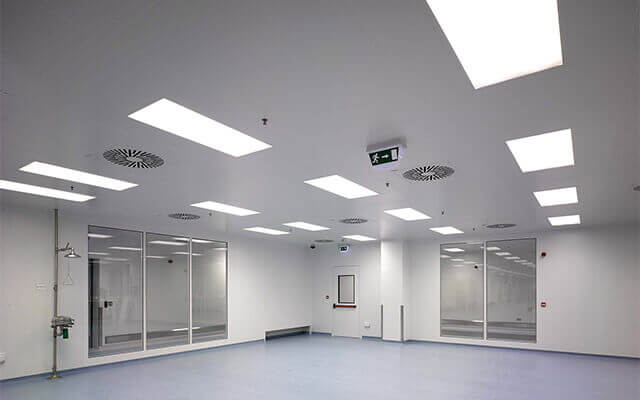Resources

Want to know more ?
To find out more about any of our products or services please contact us for further information.

To find out more about any of our products or services please contact us for further information.
© Solite Europe. 2025 All Rights Reserved.